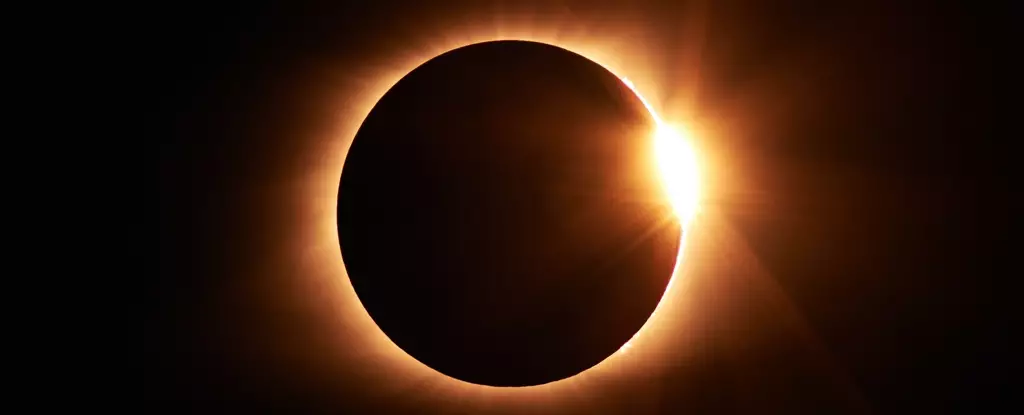Total solar eclipses, a rare and awe-inspiring event, occur when the Moon passes between the Sun and Earth, completely blocking the Sun’s face. This phenomenon plunges observers into a darkness similar to dawn or dusk. The upcoming eclipse on April 8 will have its path of totality, where observers experience the darkest part of the Moon’s shadow, crossing Mexico, arcing north-east through Texas, the Midwest, briefly entering Canada, and finally ending in Maine. These total solar eclipses occur roughly every 18 months at some location on Earth, with the last one crossing the US on August 21, 2017.
An international team of scientists, led by Aberystwyth University, will be conducting experiments during the upcoming total solar eclipse near Dallas, within the path of totality. This team consists of PhD students and researchers from Aberystwyth University, Nasa Goddard Space Flight Center, and Caltech. The experiments aim to study the Sun’s corona, the outermost part of its atmosphere. The unique opportunity presented by a total solar eclipse allows scientists to observe the corona with incredible clarity, surpassing even space-based coronagraphs.
The Instruments Used for the Experiments
The team will be using two main scientific instruments to study the Sun’s corona during the eclipse. The first instrument, Cip (coronal imaging polarimeter), takes images of the corona with a polariser, allowing the measurement of fundamental properties of the corona such as its density. The second instrument, Chils (coronal high-resolution line spectrometer), collects high-resolution spectra to study the temperature of different regions of the corona. These instruments will provide valuable data for understanding the heating mechanisms of the corona and the formation of phenomena like coronal mass ejections (CMEs).
Understanding the Sun’s Corona and CMEs
One of the persistent puzzles about the Sun’s corona is its temperature, which is much hotter than the visible surface of the Sun, the photosphere. The team’s experiments aim to investigate how the corona is heated to such high temperatures, providing insights into the Sun’s complex atmosphere. Additionally, the team hopes to observe a coronal mass ejection (CME) during the eclipse, which could offer valuable information on the early evolution and thermodynamics of these massive plasma clouds ejected from the Sun.
The instruments used during the upcoming eclipse have been proposed for a space mission called Moon-enabled solar occultation mission (Mesom), which aims to orbit the Moon for more frequent and extended eclipse observations. This mission, led by University College London, the University of Surrey, and Aberystwyth University, will provide further insights into the Sun’s corona and its complex behavior. Additionally, advanced commercial 360-degree cameras will capture valuable video footage of the eclipse, enhancing public outreach and generating interest in solar science.
Total solar eclipses offer a unique opportunity for scientists to study the Sun’s corona and unravel its mysteries. The experiments conducted during these rare events provide valuable data that can enhance our understanding of the Sun’s atmosphere and phenomena like coronal mass ejections. By utilizing advanced scientific instruments and planning for future space missions, researchers continue to push the boundaries of solar science and public engagement.


Leave a Reply